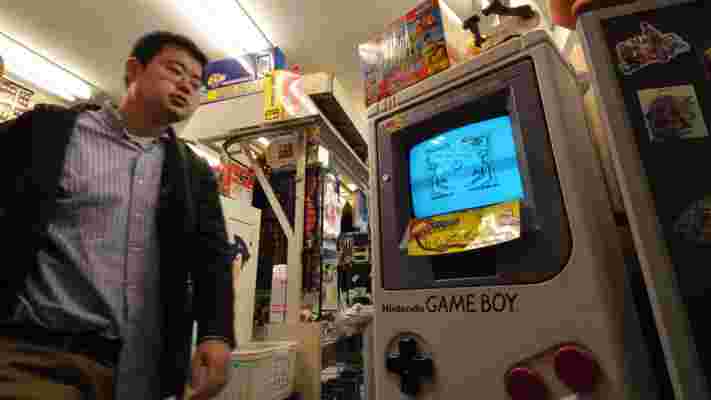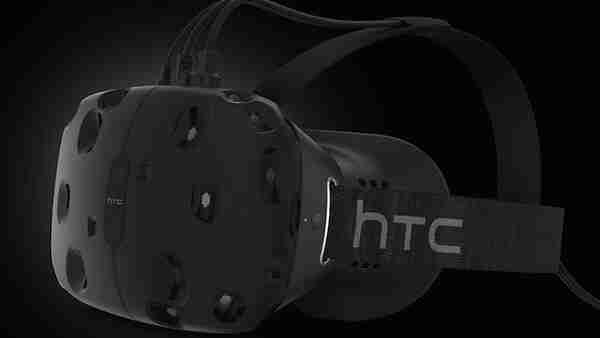On April 21, 1989, Nintendo released the original Game Boy in Japan. It was built like a brick and rendered a mixture of black and gray pixels on a muddy green background. The console wasn’t light, slender or powerful, but it was the trigger for a new culture around video games and changed people’s perception of the interactive medium.

The Game Boy wasn’t the first handheld gaming device, but it was the first to resonate with a mass audience. The name was easy to remember and the button arrangement resembled the Nintendo Entertainment System (NES) controller. Nintendo was a brand that people trusted and the portable console launched with Super Mario Land , another high-quality outing for the plumber.
When the Game Boy launched in North America, the company bundled it with Tetris . The title needs no introduction, but its place in video game culture can’t be understated. Just as chess endures alongside increasingly sophisticated board games, Tetris’ appeal is timeless. The premise and control scheme can be explained in 15 seconds and it’s arguably the perfect representation of the classic mantra ‘simple to play, hard to master’.
Nintendo refined its beloved Game Boy with the skinnier Game Boy Pocket (1996) and Game Boy Light (1998, Japan only). Both used the firm’s original cartridge system – save files were stored on the game, rather than the console – which meant it was simple to upgrade and build an eclectic game library.
The Game Boy Color came onto the scene in 1998. Although Pokemon Red and Green had been available in Japan since 1996, it took developer Game Freak and Nintendo, acting as publisher, two years to bring them stateside. The pair was perfect for the console’s US debut and created another global phenomenon.
The Game Boy Advance (2001), Game Boy Advance SP (2003) and Game Boy Micro (2005) followed. Nintendo was unmatched in the handheld space and quick to push out new colors and features whenever demand started to slow. Remember link cables for multiplayer bouts? The Game Boy Camera and Game Boy Printer for instant photography? Time and time again, Nintendo delivered with enticing hardware and top-tier games that anyone could enjoy.
The Game Boy era ended when Nintendo unveiled the DS in 2004. Today, on the Game Boy’s 25th anniversary, we want to celebrate what was a truly marvellous piece of consumer electronics. What was your first Game Boy system? Over the years, which game did you spend the most time playing?
Read Next: Super Mario Kart is 20-years-old today: A fanboy’s take on the world’s greatest ever game / Google Maps now lets you find and catch wild Pokémon
Image Credit: YOSHIKAZU TSUNO/AFP/Getty Images
Fooling myself with technology… and I like it
When I was a kid I forgot everything – my keys, my homework, my bicycle, my toys. Everything. And it drove my parents crazy.

Over the years I heard every trick in the book to remembering things, including the one about tying a knot in your handkerchief and the knot will remind you of the thing you shouldn’t forget. That’s not very useful advice for a kid, who doesn’t own a handkerchief, but I got the point. They were trying to teach me something about mindfulness. Probably.
Over the past few months I’ve been using Tiles . You stick one of these things to your keys, your bicycle, or in your bag. Then, when you can’t find your stuff, you open the Tile app on your phone, and simply press a button. The Tile you’re looking for starts beeping – if it’s in range – and you’ll be able to find it.
At least that’s the theory because I haven’t lost a single thing since I bought my Tiles so I haven’t really been able to test it.
I also own an Apple Watch that keeps track of how much I move, stand, and work out. And I own the Vessyl Pryme , the product of a Kickstarter pre-order campaign to produce something a lot cooler. The Pryme tracks how much water I drink during the day.
Yeah, I carry a thing with me, fill it with water five times a day, and it tracks every sip I take.
All of these gadgets regularly invite criticism and ridicule.
A friend saw the Vessyl and laughingly said ‘Ah, you’re one of the people who fell for that?’ When people see the Tile I often get a similar reaction. People are used to the Apple Watch now, but the first few weeks of owning one I had to defend my decision to buy and wear one almost every day.
The question is: Do these things work? Are they worth the investment? And should you get one, too?
Well, for me the answer is yes, they work. But I also wonder why they work.
If I carried a white brick with me that said ‘Remember to drink water’ I’ld probably drink a lot more, and I wouldn’t have to worry about charging it every night.
I could also just wear a bracelet that said ‘Don’t forget to work out and get your ass off the couch’ and I’ld probably work out more and get my ass off the couch.
I could also add something to my keychain that said ‘Don’t forget me’ and then I wouldn’t need Tiles anymore, which run out of batteries in about a year.
I’d get almost the same results, without all the hassle. But, I happen to enjoy technology, and like all these gadgets. So the Apple Watch is my bracelet, and the Tiles do offer some extra benefit.
And the Vessyl Pryme? Well, that little gadget simply reminds me not to back Kickstarter campaigns anymore.
UPDATED: The people behind the Vessyl contacted me with a correction. Check:
HTC partners with Valve to create the Vive VR headset for gaming
HTC has announced a partnership with Valve to explore the world of virtual reality for gaming with a new VR headset called the Vive.

Over 70 sensors will provide 360 degree room tracking which means when you move around, you won’t feel sick. It offers a 90Hz refresh rate and high quality audio. HTC also touts the Vive as lightweight, and will come with two controllers to let you move around and interact fully with your VR surroundings.
The developer edition will be rolling out this Spring and HTC has said it will deliver a consumer product before the end of the 2015.
